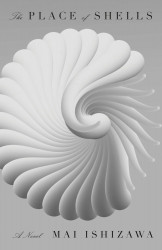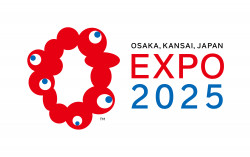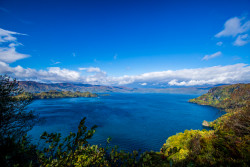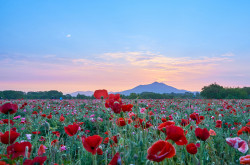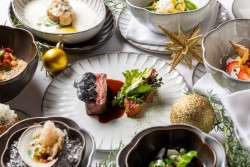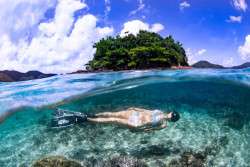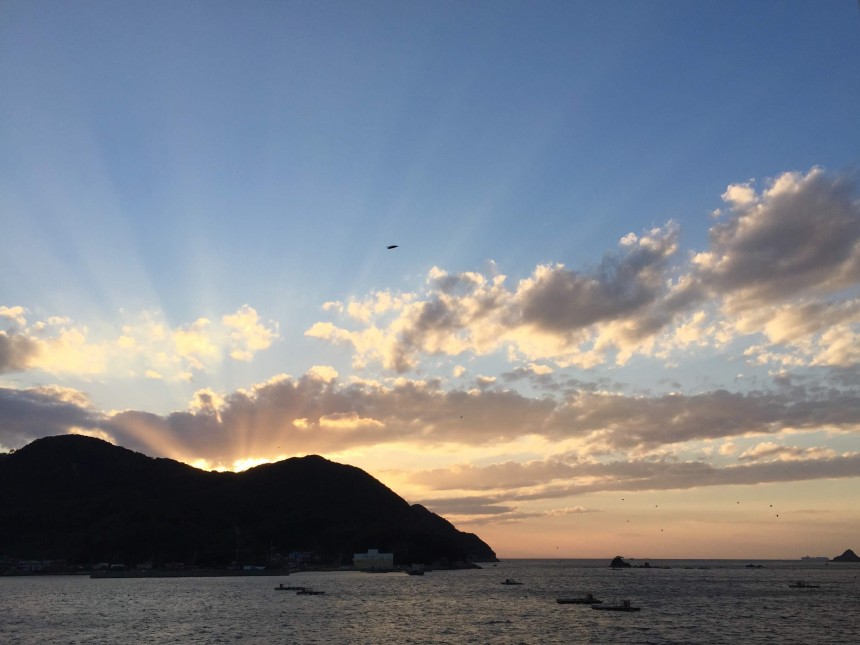
May 17, 2019
Take A Break in Ena
Slowly unwind and relax into the old-world, unhurried pace of life you can only find in Ena
Japan has a lot on offer in terms of coastal destinations, but there is a special charm that awaits you in the sleepy seclusion of the tiny fishing village of Ena, located in the Yura district of Wakayama.
Hugging the coast of the Kii Channel, the scenery of the village is dominated by the enigmatic Kuroshima (black island) that sits in the bay. Local life in Ena revolves around the hardworking chug of fishing boats as they dutifully tick their way out to sea every morning, and the diligent farmers who spend their days tending to the oranges that grow on the slopes in the surrounding hills.

If you’re looking for somewhere to unwind in nature for a few days, away from shopping malls, big crowds and even a conbini, then Ena is just that. The kind of destination that’s more about soaking up the spectacular sunsets than anything else, there’s also a selection of activities for the more adventurous travellers too.
Ena sees a steady, albeit tiny, trickle of domestic tourists who arrive in the summer months to play on the sandy beach with their children, stop off to take pictures of the Instagram-worthy bay and to enjoy long lunches in the handful of eateries that overlook the sea.
The Boat Cafe is a seemingly unassuming eatery housed inside an old shipping container with a terrace that hangs over the sea. The fresh interiors, uninterrupted views of Kuroshima and the fishing platforms, along with their small menu of mouthwatering bites, draws day-trippers from as far as Osaka. The cafe’s sundrenched terrace traps the warmth even in the winter, making for a perfect spot to dine al fresco. The taco rice is one of those dishes that you’ll keep thinking about for months after.
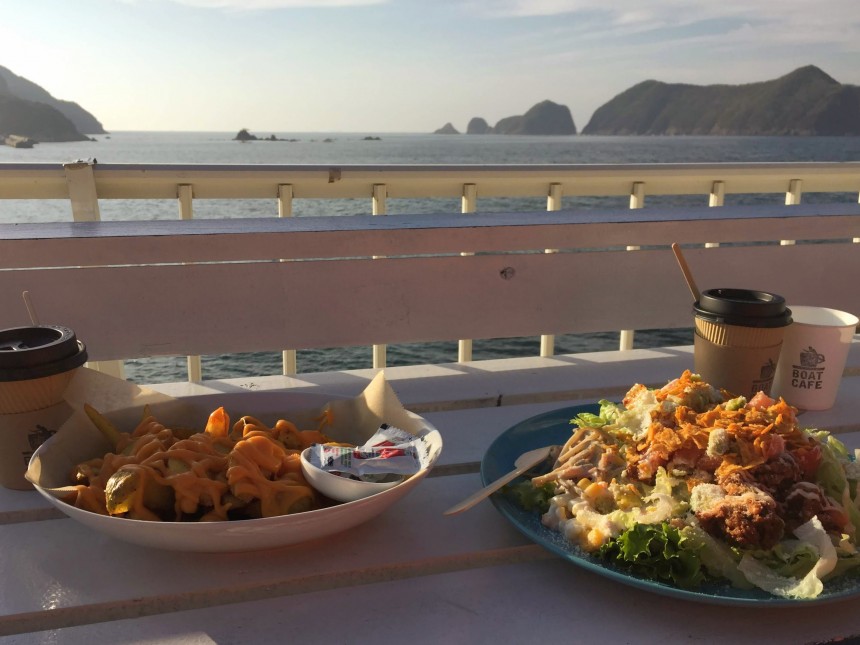
The nearby Baloricco, housed in a former warehouse, is a sister enterprise and offers up a more sultry setting. Decorated in a mix of vintage finds and natural textures, pizzas at this place are made fresh to order and cooked in a wood-fired oven — ideally paired with a beer or two. And if you’re looking for something a little more traditional from the village, there’s the fresh fish restaurant, open in the summer season. There’s also the option of buying fish straight from the sea from a fisherman along the fishing port; he literally sells it from his boat.
But stay in Ena for longer than just lunch and you’ll find yourself slowly unwinding and relaxing into the old-world, unhurried pace of life. There’s a few options for accommodation around the area; a select few minshuku (family operated, Japanese-style bed and breakfasts) are scattered along the seafront, which usually cater to the fishermen, and there is an Airbnb up in the hills with majestic sea views.

Fishing fans themselves can join the fishermen and head out to one of the fishing platforms that float around on the bay in front of Kuroshima. For just a few thousand yen, the Nakacho Tosen (ferry) will deliver you to one of the platforms and collect you at the end of the day. With the scenery, a sparkling sunny day bobbing around on the water — even if you don’t catch one of the many fish species that hang around here — is something memorable. Especially with some snacks and beverages to keep you going.
Once you’ve had your fair share of staring out at Kuroshima and fishing, there is more. You’ll find Ena Hachiman Shrine on the road out of town, one of the oldest Hachiman shrines in the region, built in 860. The shrine’s energetic festival, which takes place in October each year and features a lot of mikoshi (portable shrine) shaking, has been labeled an Intangible Folk Cultural Property by the prefecture. The community celebrates together; familiar faces who grew up in the village return home for the festivities.

Drive round the coastal road, complete with its postcard-quality sea views, and you’ll reach Totsui Limestone Caves, the only such caves in the prefecture. A former quarry, this small, affordable sight features narrow tunnels, cool temperatures, and a mine-like atmosphere. You may want to skip this if you get claustrophobic, though you could always hang around outside with some kakigori (shaved ice) sold by the auntie here in summer.
Further southwest are the white cliffs of Shirasaki Ocean Park. There’s a pre-World War II history of Korean labourers working here, who have apparently retained a sense of culture in the area. Learn all about it and then try the excellent seafood tempura sourced from the Kii Channel itself — the deep-sea norogenge (phantom fish) is particularly tasty. For fans of the outdoors lifestyle, there’s also the option to camp at Shirasaki Ocean Park.
Back in the village, away from the sightseeing, spending time in Ena feels like slipping into a Japan of the past. It’s a place where the pace of life moves slowly, where you can while away the days watching the sky change and listening to the sounds of the birds. The antidote to the rush of city life, Ena is an enigmatic pocket of peacefulness: a rarity that should be enjoyed.


